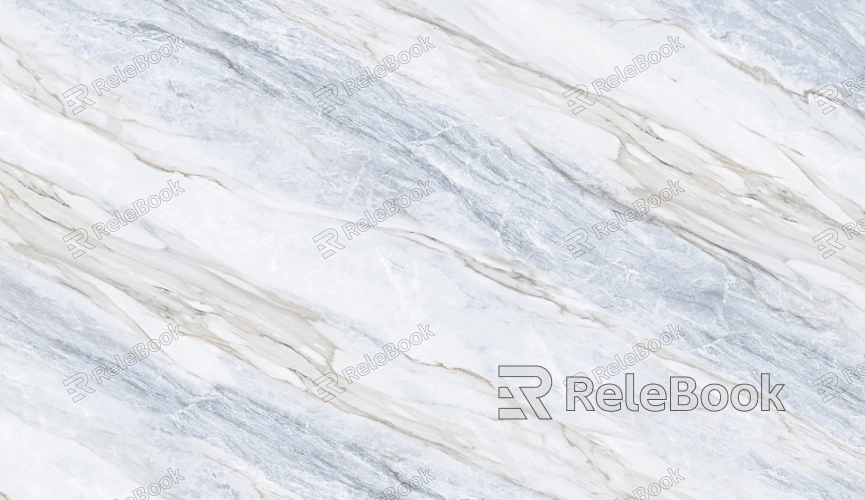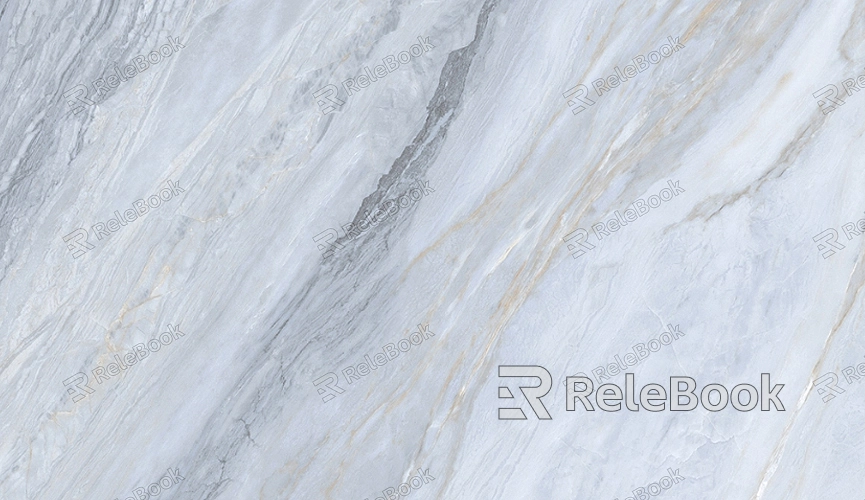How to Use 3D Textures in 3ds Max?

Understanding 3D Textures
Before diving into the practical steps of using 3D textures in 3ds Max, it's essential to grasp what 3D textures are and their role in 3D modeling. 3D textures are images or patterns applied to the surface of 3D models to give them a realistic appearance. Unlike 2D textures, which are applied flatly, 3D textures can map complex surface details and simulate real-world materials such as wood, metal, or fabric. They often include bump maps, displacement maps, and normal maps, each adding different levels of detail and realism.
Importing Textures into 3ds Max
To begin using 3D textures in 3DS Max, you first need to import your texture files into the software. Follow these steps:
1. Open 3ds Max and load your project or create a new one.
2. Navigate to the "Material Editor" by pressing M on your keyboard or selecting it from the "Rendering" menu.
3. In the Material Editor, choose a material slot where you want to apply your texture.
4. Click on the "Diffuse" color swatch within the material slot to open the "Material/Map Browser."
5. In the browser, select "Bitmap" to browse and import your texture file from your computer.
6. Once the texture is selected, click "Open," and it will be loaded into the selected material slot.
Applying Textures to Models
With your texture imported, the next step is to apply it to your 3D model. Here's how:
1. Ensure your model is selected in the viewport.
2. Go back to the "Material Editor" and make sure the material with your texture is still selected.
3. Drag and drop the material from the Material Editor onto your model in the viewport. This action applies the texture to your model's surface.
4. To adjust how the texture is mapped onto the model, use the "UVW Mapping" modifier. This modifier allows you to control the position, scale, and orientation of the texture on the model.

Customizing Texture Mapping
Texture mapping can be fine-tuned to achieve the desired look. The UVW Mapping modifier is key for this process. Here’s how to use it:
1. Select your model and apply the "UVW Mapping" modifier from the "Modifier List."
2. Choose the appropriate mapping type based on your model's shape (e.g., Box, Planar, Cylindrical).
3. Adjust the mapping parameters such as size, alignment, and tiling to fit the texture properly on your model.
4. For more detailed adjustments, use the "Unwrap UVW" modifier, which provides a 2D representation of your model’s UV coordinates. This tool allows you to manually edit how the texture is wrapped around your model.
Using Advanced Texture Techniques
To enhance the realism of your textures, you can utilize advanced techniques such as bump mapping, normal mapping, and displacement mapping:
1. Bump Mapping: Adds surface detail by simulating small surface irregularities without altering the model’s geometry. Apply a bump map by selecting the "Bump" slot in the Material Editor and importing your bump texture.
2. Normal Mapping: Provides more complex surface details than bump mapping by using a normal map to simulate surface texture changes. Import a normal map in the "Normal" slot of the Material Editor.
3. Displacement Mapping: Modifies the actual geometry of the model based on the texture, creating more pronounced surface detail. Apply a displacement map by using the "Displacement" slot in the Material Editor and adjusting the displacement amount.
Previewing and Rendering Textures
To see how your textures look in a rendered image, you need to preview and render your scene. Follow these steps:
1. Click on the "Render Setup" button or press F10 to open the render settings.
2. Adjust the render settings to your preferences, such as output resolution and quality.
3. Click "Render" to generate a preview of your scene with applied textures.
4. Review the render and make any necessary adjustments to the texture mapping or material properties for a better result.
Troubleshooting Common Issues
As you work with 3D textures, you may encounter some common issues:
1. Texture Stretching: If textures appear stretched or distorted, check the UV mapping of your model and adjust as needed.
2. Texture Missing: If textures are not showing up, ensure the texture files are properly linked and not missing from the file path.
3. Inconsistent Texture Quality: Ensure your texture resolution is high enough for your model's detail level. Low-resolution textures can look pixelated when rendered.
FAQ
What file formats are supported for textures in 3ds Max?
3ds Max supports various texture file formats including BMP, JPEG, PNG, TIFF, and PSD. For best results, use high-resolution textures in formats that maintain quality.
How can I create my custom textures?
You can create custom textures using image editing software like Adobe Photoshop or GIMP. Start by designing your texture, then save it in a compatible file format and import it into 3ds Max.
Can I use textures from other sources in 3ds Max?
Yes, you can use textures from various sources, including online texture libraries or texture packs. Ensure that you have the proper rights or licenses to use these textures in your projects.
How do I improve the performance when using high-resolution textures?
To improve performance, consider optimizing texture resolutions, using lower-resolution textures for real-time previews, and utilizing texture compression techniques.

